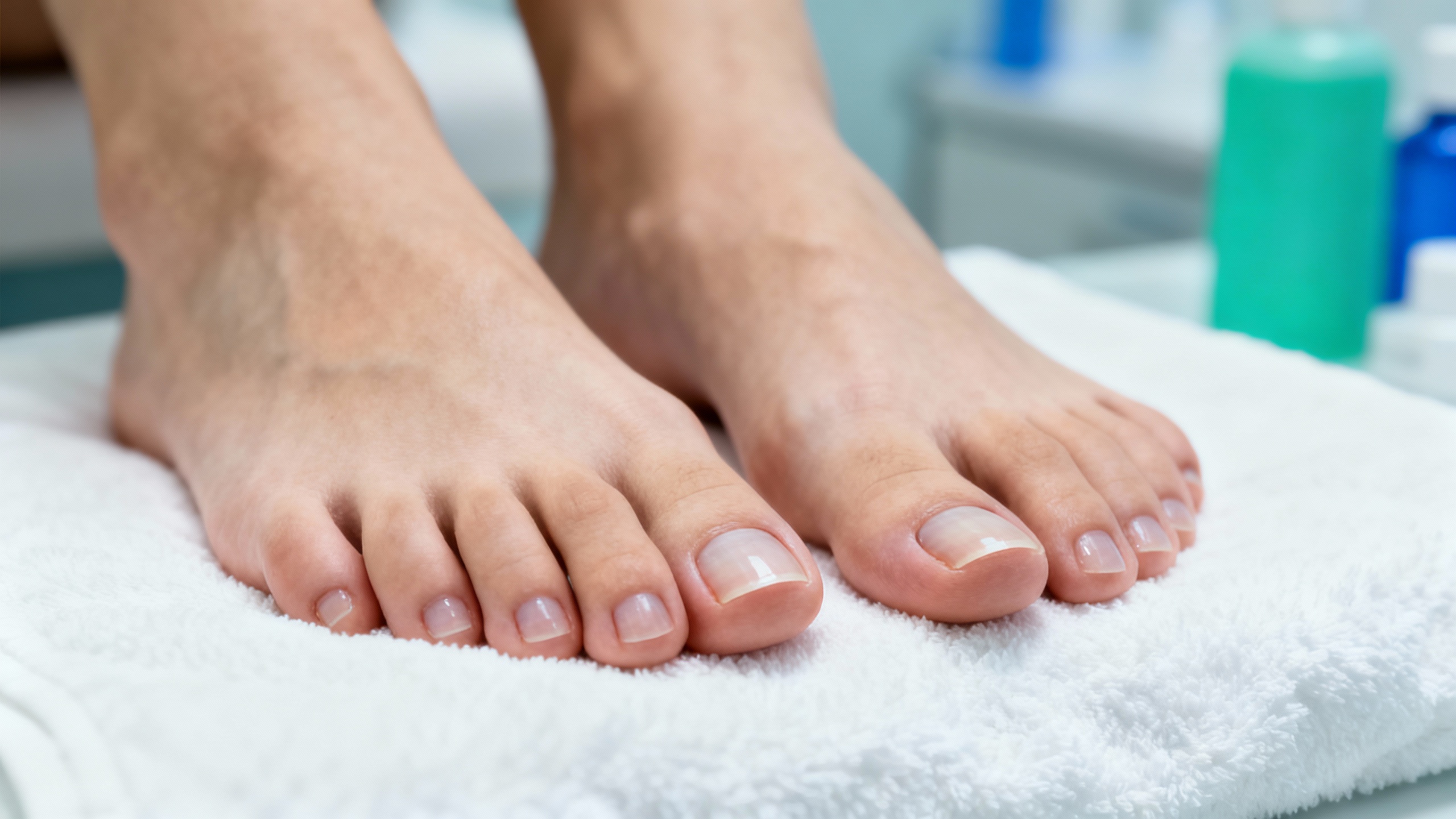Published 30 August 2024
What you need to know about Nail Fungus

It's also referred to as Athlete's foot or shingles. But shingle is usually used as an all-encompassing term for the two conditions, mycotic nails and nail fungus. It's a common condition that at times goes by the name toenail fungus or nail infection.
The condition is common because anyone can be exposed to the fungus that causes it. It's even more accurate for those with a habit of walking barefoot in communal areas such as public showers, swimming pools, steam baths, or locker rooms.
In some people, toenail fungus can manifest as a skin condition, where the skin peel, crack or crumble, as their toenails turn yellow. This can be followed by an itchy and painful irritation, with an overall experience that's embarrassing to be associated with.
Some of the health implications associated with nail fungus tend to be more pronounced in diabetic patients whose immune system has been compromised. At its worst, the infection can cause skin breakdown or even trigger a series of skin conditions such as foot ulcer, cellulitis, scabies, and hidradenitis suppurative.
Make a Point to See a Dermatologist
If you suspect you're suffering from toenail fungus or foot infection, the first thing you're advised to do is see a dermatologist. The dermatologist will then run a series of tests to identify the root cause of the problem before deciding on the best way forward. Contrary to what most people think, the infection won't just heal by itself. If anything, if not treated on time, there's a higher likelihood of it morphing into something worse. So for the sake of your safety, you're advised to seek the services of a dermatologist to help you confirm the cause and recommend a treatment. Read this, bearing in mind that other diseases can also trigger nail changes. Examples include cell skin cancer melanomas, which often lead to the discoloration of toenails.
Using Over the Counter Creams to Treat the Problem
Where the fungus infection can only felt on the skin surface of your feet, then an over-the-counter anti-fungal cream is enough treatment for the disease. Creams and ointments are more recommended than powders and sprays, and that's because they can completely cover the foot and treat the entire surface of the skin. However, while at it, you must prevent the infection from spreading in between your toes, because that's where the infection tends to cause more problems.
Best Treatments as Weighed by Doctors
A good number of doctors seem to agree that the best treatment for nail infection is the pill prescribed to you by your dermatologist. Usually, you'll be asked to take this pill every day for a period stretching up to three months. It's to be however noted that this pill is not meant for everyone. Where the patient is on other medication, then there's a possibility of the medicines affecting their liver. Fortunately for you, topical creams and ointments such as EMUAID and efinaconizole are thought to be equally effective, with a success rate that can be comparable to oral medication. EMUAID, especially, is able to effectively sooth and treat over 100 skin conditions and is also highly recommended by doctors.
It's a wrap
You're advised to treat any trace of fungus infection right on time to prevent it from spreading to other parts of the body or from escalating into something worse. Where you can't visit a dermatologist, it's advisable to consider at least using an anti-fungal cream to treat the condition.